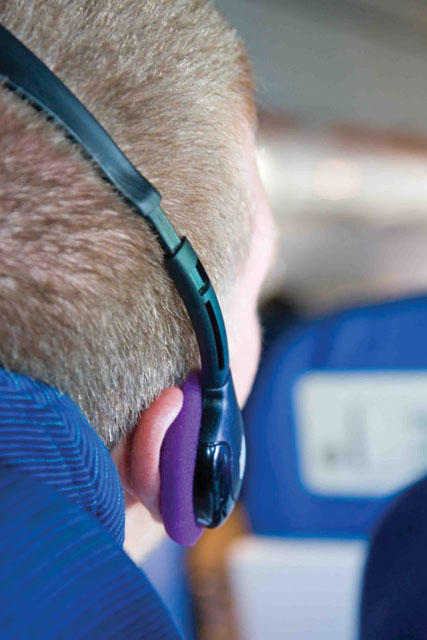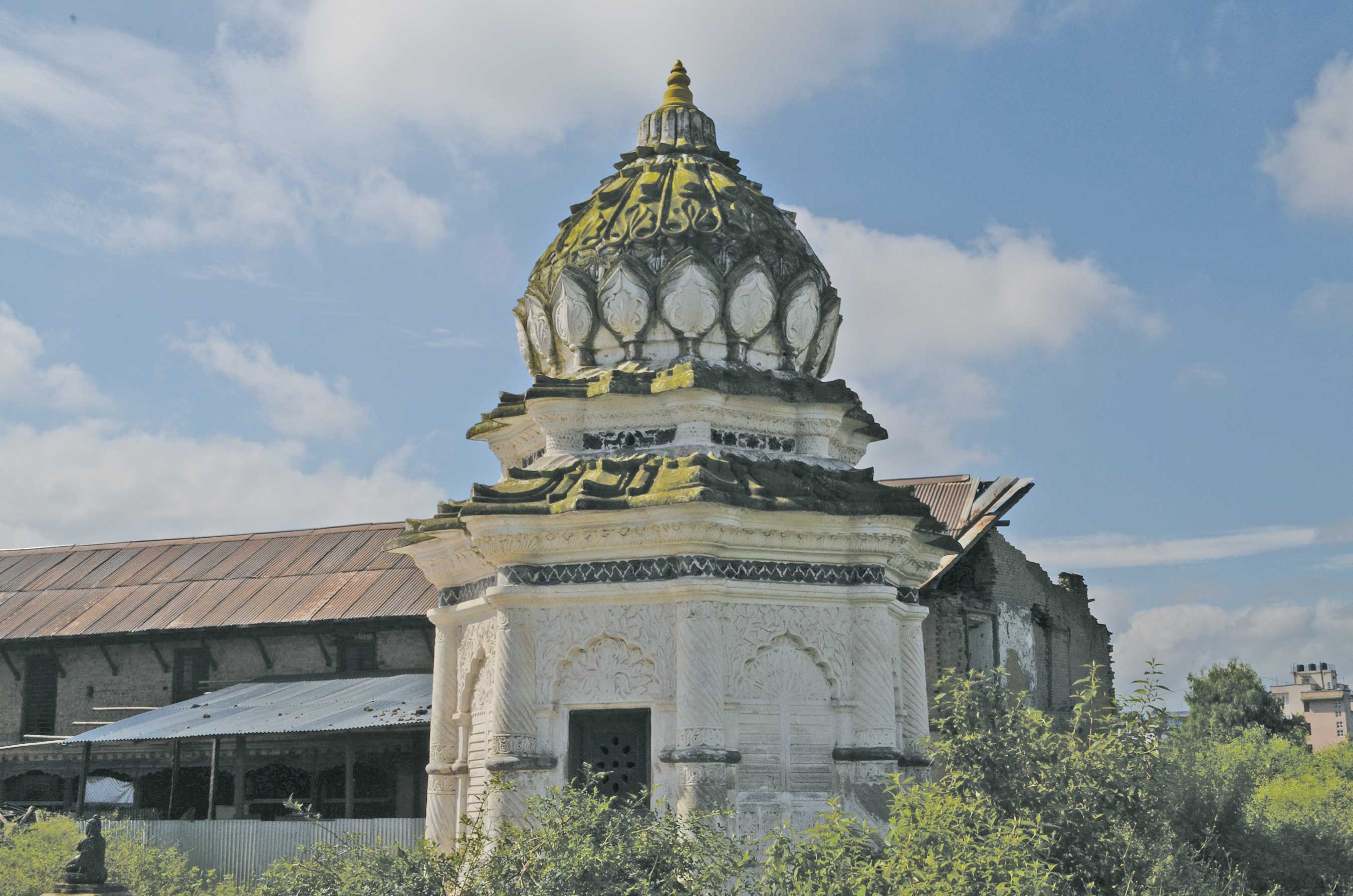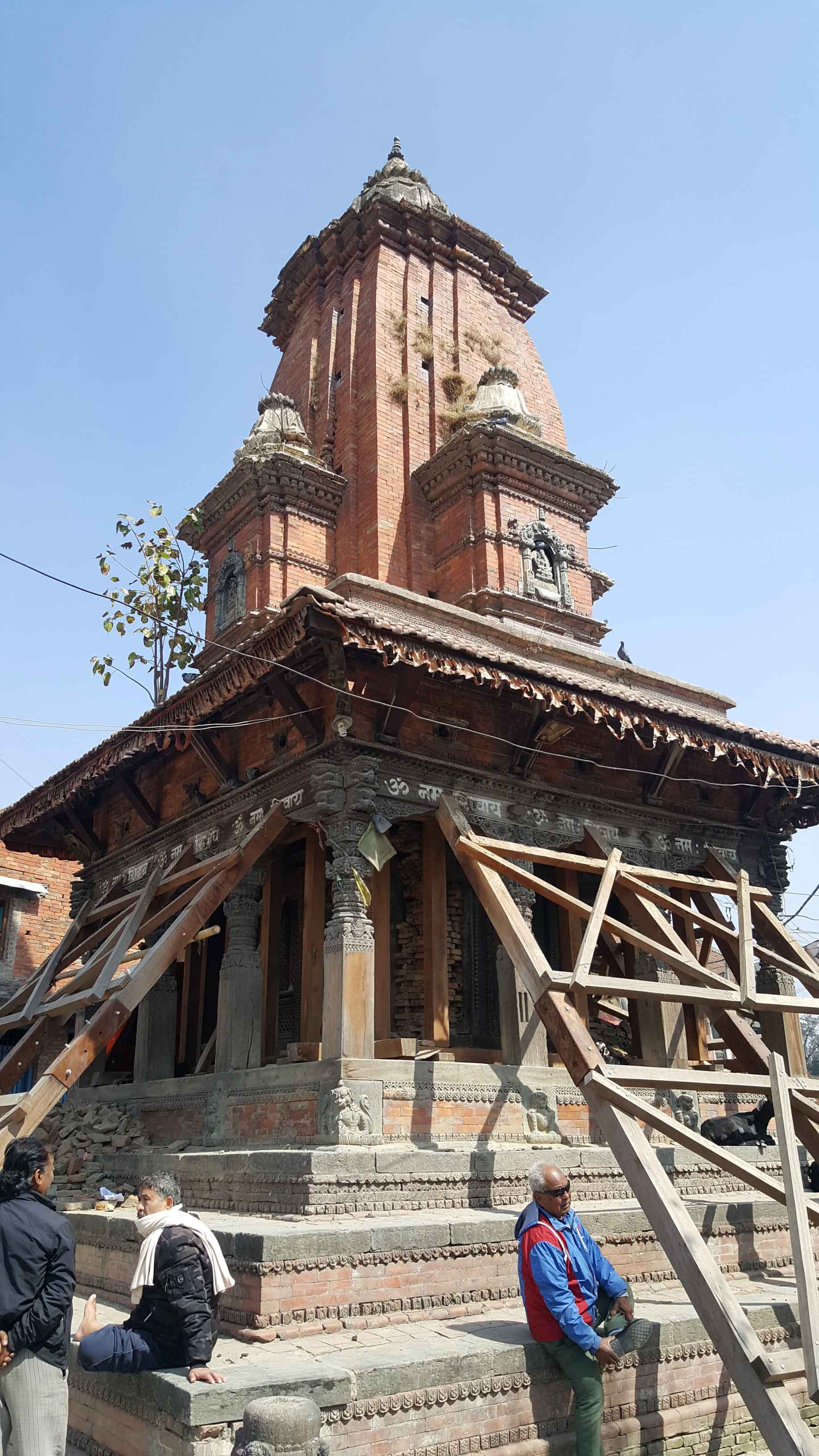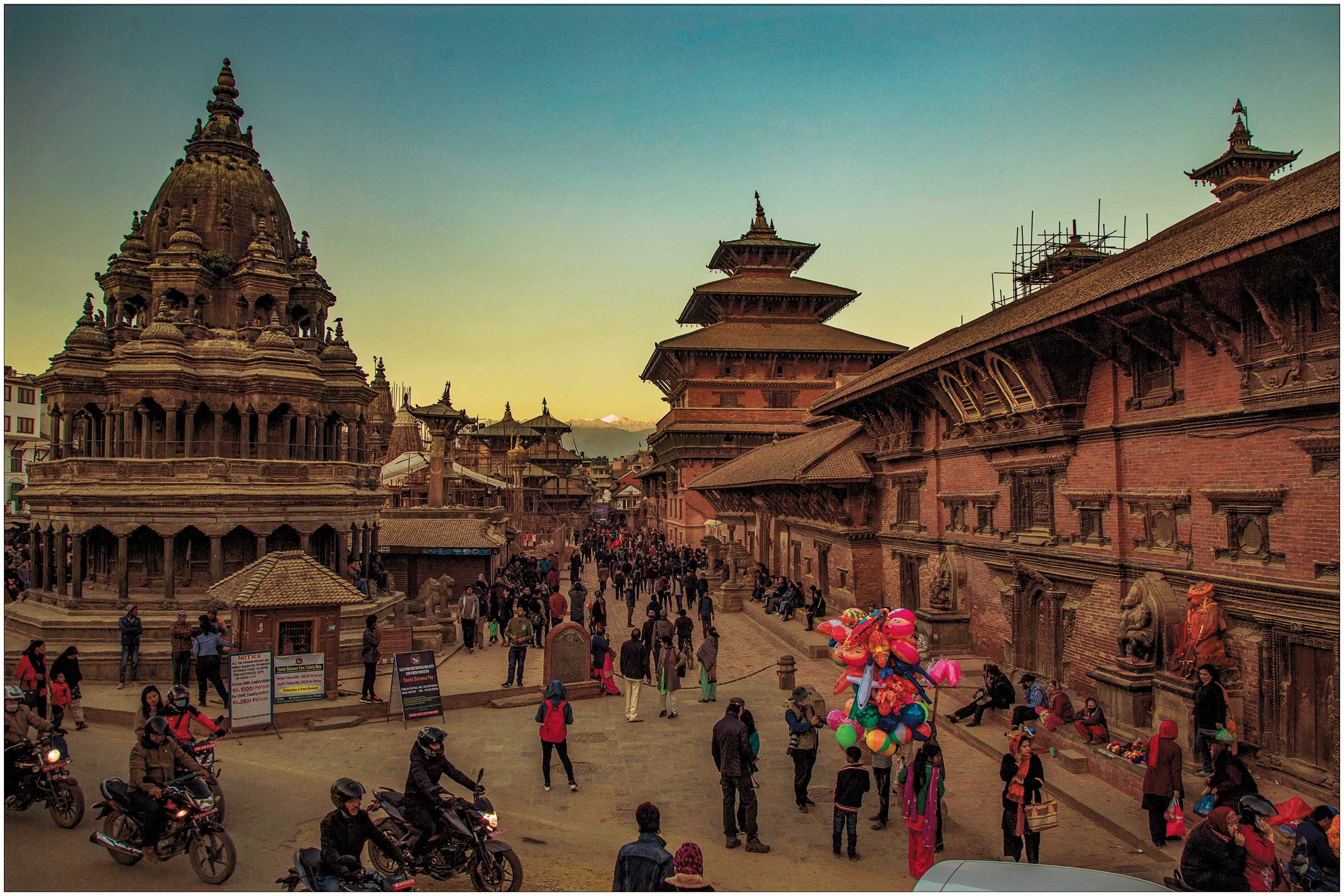People are missing out the natural sound while travelling thanks to the earpieces.
When an Internet blogger recently identified the “most important posting of the year that everyone should read,” my curiosity was whetted. It was a September 2013 piece by Frank Bruni, the New York Times columnist. Bruni’s ‘Traveling Without Seeing’ is an insightful take on how so many modern travelers roam the globe, and through life itself, caught up in “a thoroughly customized cocoon” of our own making, unable to see or hear what’s going on around us. We are overwhelmed, he says, by all “our hard drives, our wired ways, ‘the cloud’ and all of that.”

How often have you seen (or have been) a tuned-out traveler trudging blithely along wearing ear buds wired to an iPod, oblivious of all else. We fashionable moderns, Bruni goes on, have an “unprecedented ability to tote around and dwell in a snugly tailored reality of our own creation, a monochromatic gallery of our own curation...”
Some years ago one August, I led a small research expedition to Muktinath on the occasion of the Hindu festival of Janai Purnima. The August Full Moon Day (purnima) is a time when Hindus visit holy sites for ritual bathing and worship, and for ‘twice born’ men to change their sacred string (janai). For that, Muktinath is a popular pilgrimage destination.
It was well before the road to Muktinath was constructed, back in pre-iPod times, so we trekked northwest from Pokhara for most of a week with our eyes and ears wide open. I’d been to Muktinath several times already, but never during a pilgrimage. Along the way we joined a group of elderly villagers, men and women who, despite their age and the arduous trail, were determined to reach the sacred mountain shrine barefoot, following the dictum of the Purans. One evening they invited us to join them to sing hari-kirtan, songs in praise of the deities. They were trekking with all senses alert, spiritually receptive. At Muktinath they anticipated taking darshan (virtual audience) with Lord Vishnu himself.
We were accompanied on that trip by an audio engineer and a producer from America’s National Public Radio, intent on recording our adventure as an FM radio feature. Before the trip they asked me what sounds we could expect to hear along the way. It was easy to tell them what we would see - snowcapped peaks, deep blue skies, Thakali villages, farmers toiling in the fields, and herdsmen tending yaks on the hillsides. But it took a few moments to jog my memory for the typical sounds on the trail, in the villages, at the shrine.
Then it all came to me, the sounds I had heard countless times, memorable sounds that were just as meaningful and colorful as the scenery - animal bells jangling, the howling wind, pilgrims singing, conch shells blaring, and the temple pujari reciting sacred scripture in the typical monotone of his calling. Together with the amazing scenery, the unique sounds of the trail serve to highlight the rich cultural and natural ambiance of a place.
Some months later, when NPR aired the program featuring our pilgrimage expedition, I heard them once again. In one segment, five separate recordings were superimposed one atop the other to create a unique audio collage - rushing water along with horse hooves splashing, bells jangling, hari-kirtan being sung softly in the background, and the narrator (our engineer) quietly relating the experience, in a voice nearly breathless from the altitude. It may sound contrived but he did a masterful job of squeezing those distinct sounds down into one audio scene. As I listened, I relived what we had heard, and seen, of reality on the pilgrim trail.
Nobody was wearing ear buds. There were no iPods. We had only our own senses to see the views and hear rhythms of the trail in one unforgettable, combined stereographic/stereophonic ‘image’. We walked to Muktinath and back fully attuned to the reality around us. Even the occasional sounds of silence were inspiring.










